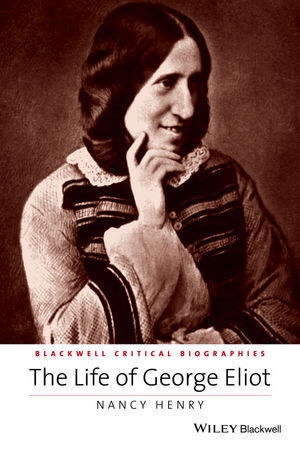En savoir plus
A Critical Biography. The life story of the Victorian novelist George Eliot is as dramatic and complex as her best plots. This fresh assessment of her life and work combines recent biographical research with penetrating literary criticism, resulting in original new interpretations of her writing.
Table des matières
List of Illustrations ix
Acknowledgments xi
List of Abbreviations xiii
1 The History of a Writer: George Eliot and Biographies 1
2 Early Years: 1819-50 22
3 London and Lewes: 1850-4 64
4 Marian Lewes and George Eliot: 1855-60 95
5 Silas Marner and Romola: 1860-4 120
6 Felix Holt and The Spanish Gypsy: 1865-9 153
7 Middlemarch: 1870-2 181
8 Daniel Deronda: 1873-6 207
9 Impressions of Theophrastus Such: 1877-9 235
10 The Final Years: 1879 to Cross's Life 255
Bibliography 271
Index 287
A propos de l'auteur
NANCY HENRY grew up along lakes and rivers in the South, where she developed a love for open water. For many years, she led a creative team that designed learning programs for national service and educational clients. Currently, she lives in Portland, Oregon, where she bikes, swims and enjoys volunteering.
Résumé
The life story of the Victorian novelist George Eliot is as dramatic and complex as her best plots. This new assessment of her life and work combines recent biographical research with penetrating literary criticism, resulting in revealing new interpretations of her literary work.
Commentaire
"...this learned, adventurous new biographer has changed the landscape of George Eliot studies." (The George Eliot Review, 1 November 2012)
"Driven neither by hero-worship or spite, Henry's "critical biography" demonstrates what treasure there is still to be found in even the most worked-over subjects. The trick is to ask the questions that everyone else assumed had been answered years ago." (The Guardian, 2 June 2012)
"Henry provides a useful reminder that that old-fashioned pejorative, adulteress, might have been applied to Eliot as well as to Agnes, and she provides a sensitive analysis of the novels in the light of that insight." (The New Yorker, 6 August 2012)

